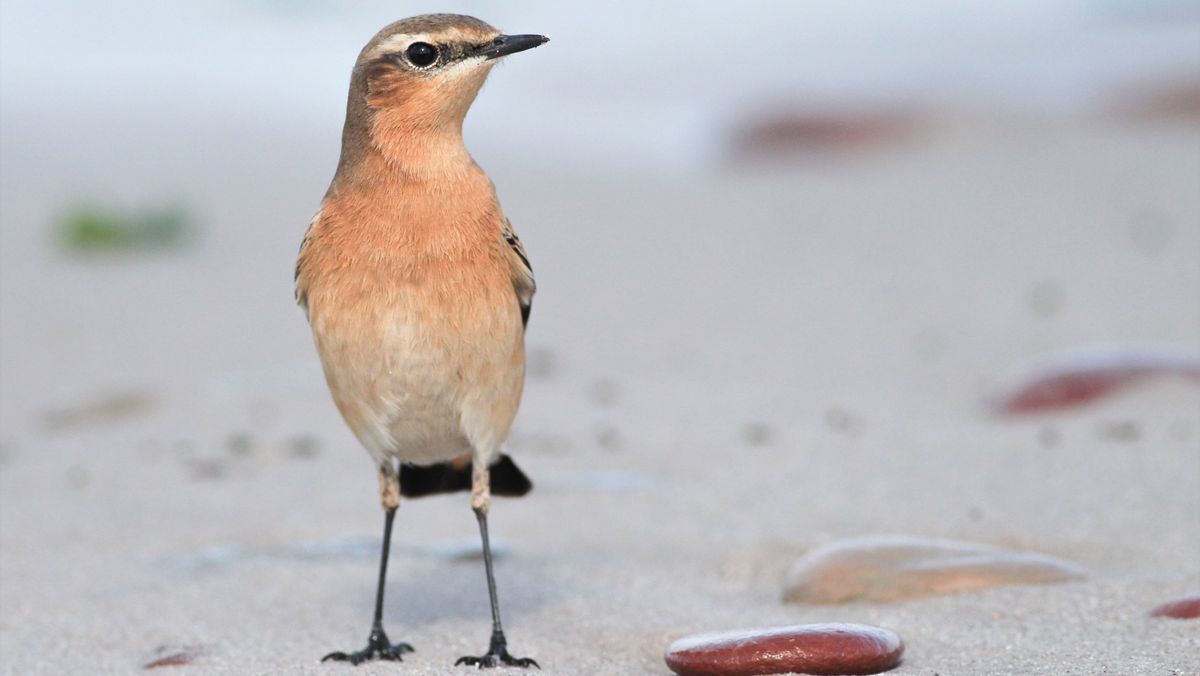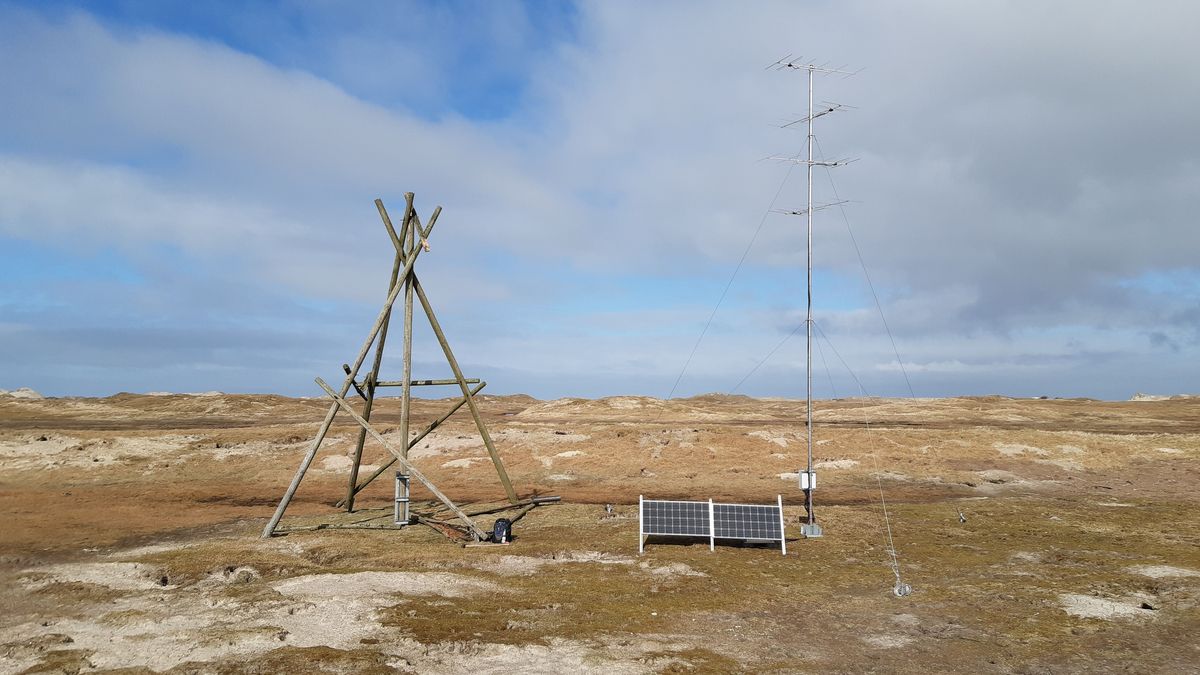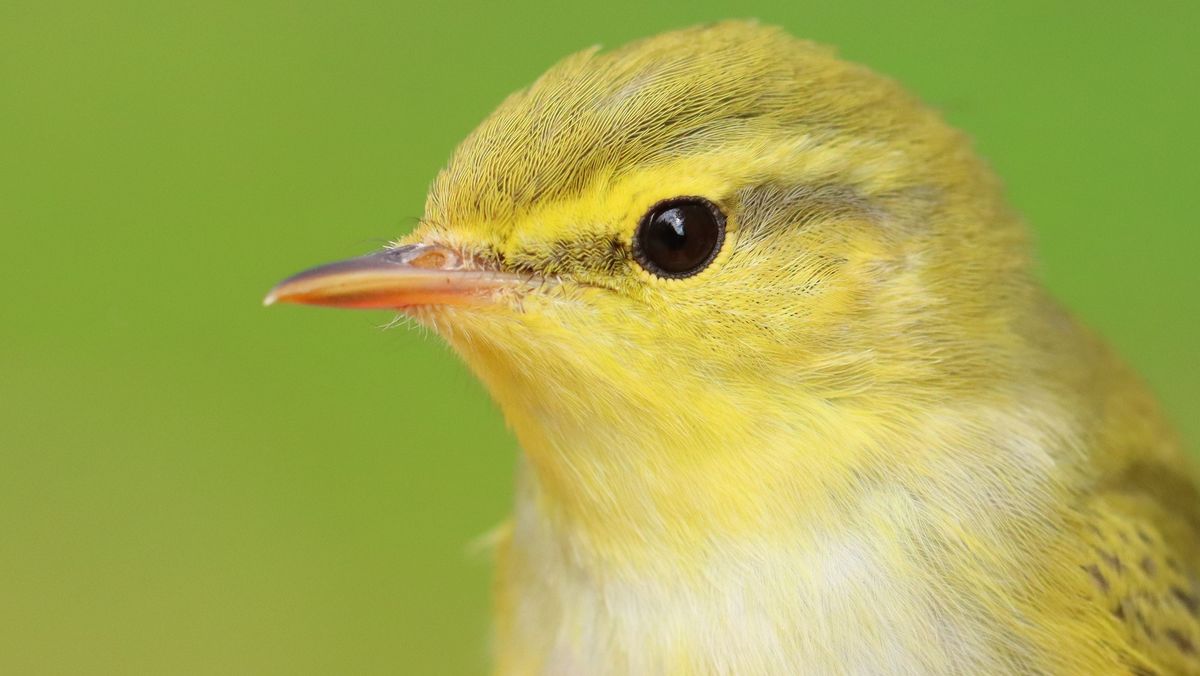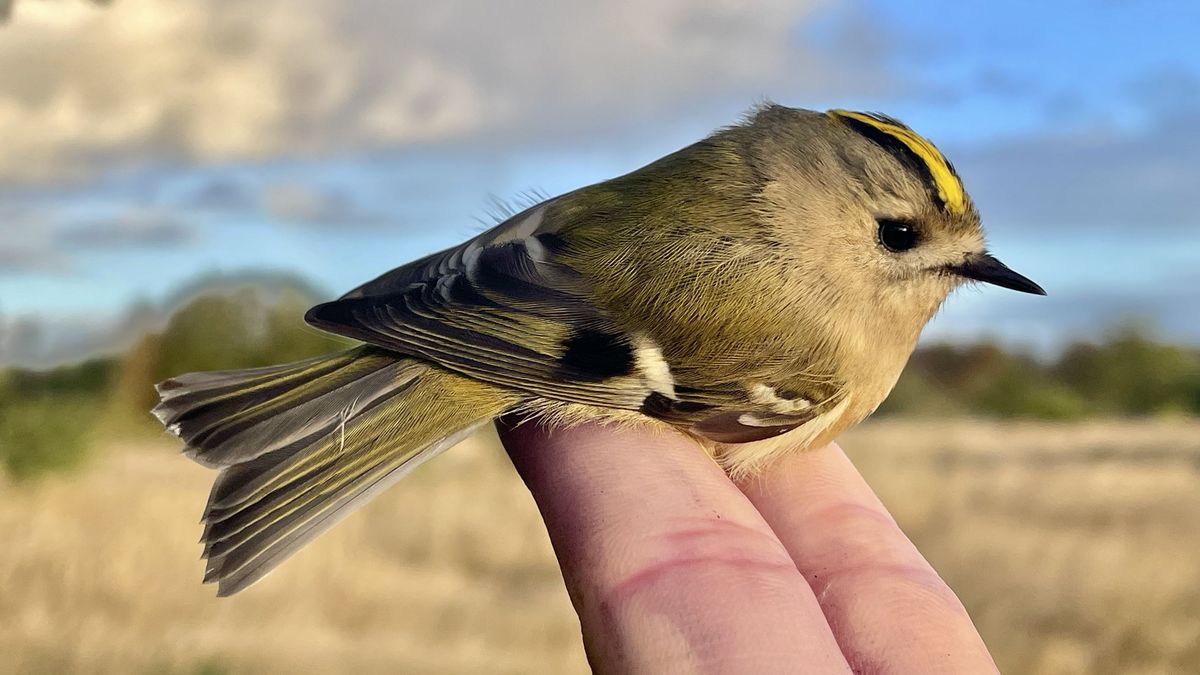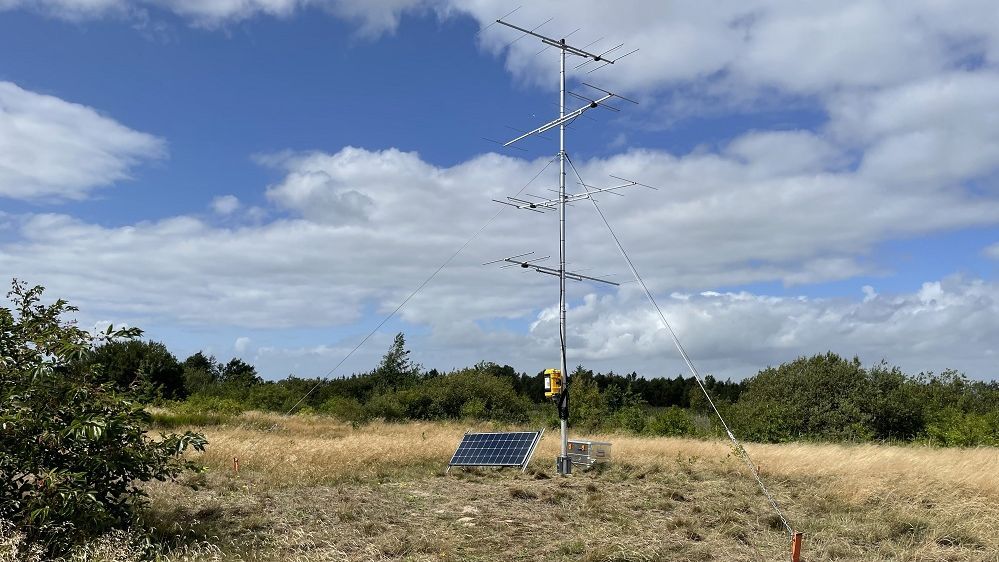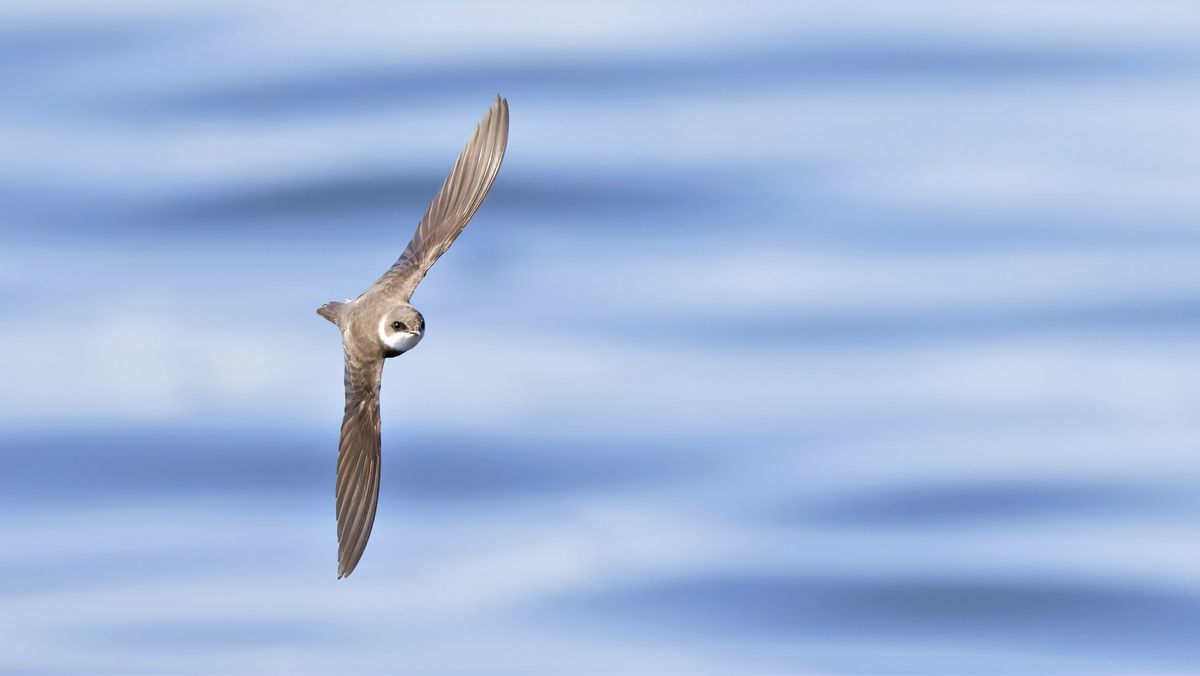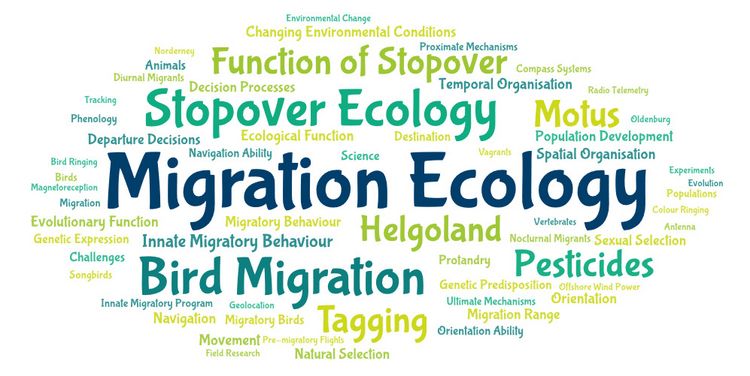Migration ecology
What is migration ecology?
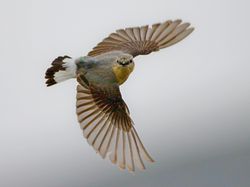
Migration ecology focuses on the scientific study of animal migration. Important research questions concern the genetic basis of the migratory syndrome, what specific skills animals require for migration, how proximte and ultimate mechanisms alter the spatial and temporal distribution and abundance of migrating animals within the annual cycle, the interactions between animals and their biotic and abiotic environment, and how migrating animals influence energy and material cycles within and between ecosystems.
News
27.10.2025 - We’re hiring a doctoral researcher in the area of migration ecology
The PhD work will focus on the question of how and when migratory songbirds learn where their home. This this we mainly use the Motus radio tracking system (https://motus.org/).
The project is part of the Cluster of Excellence NaviSense (https://navisense.org/) and also tightly linked with the CRC 1372(https://www.sfb1372.de/).
We look forward to reading your application.
More information here: https://uole.de/en/job/doctoral-researcher-in-migration-ecology-in-the-cluster-of-excellence-navisense-788
25.09.2025 - Metal exposure in the Yellow-breasted Bunting
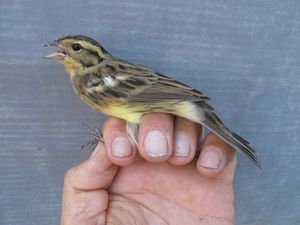
Exposure to anthropogenic pollution is a growing threat to wildlife. In cooperation with researchers from the Khon Kaen University in Thailand, we now investigated exposure to metals in the crictically endangered Yellow-breasted Bunting, a small songbird that breeds in northern Eurasia and migrates via China to wintering sites in South-East Asia. We found very high levels of zinc (Zn) in feathers of birds captured in Thailand, and zinc levels were negatively linked to body condition. Follow-up studies now need to investigate whether the elevated Zn exposure in Yellow-breasted Buntings is linked to mining activities or to the recent increase in Zn-biofortified rice planted in Asia to combat human Zn deficiency.
Sankamethawee W, Keithmaleesatti S, Simla P, Heim W (2025) Bioaccumulation of metals in a critically endangered migratory songbird, the Yellow-breasted Bunting (Emberiza aureola). Environmental Toxicology and Chemistry: vgaf241 [https://doi.org/10.1093/etojnl/vgaf241]
24.09.2025 - 1. Yellow-browed warbler tagged in 2025!
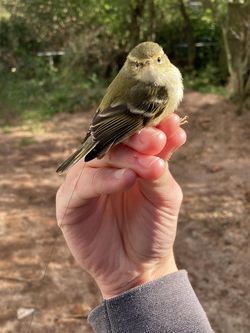
On September 24, we tagged the first Yellow-browed warbler (Phylloscopus inornatus) on Helgoland in 2025 to track his migratory behaviour. How long will he stay on the island? When will he depart and in which direction? And will there be detections on the mainland? These are the questions we study using the Motus Wildlife Tracking System. Stay tuned for fascinating bird tracks!
22.09.2025 - New publication on stopover ecology in spring

This study compares migratory bird species that cross the Sahara (garden warbler, redstart, wheatear) with species that overwinter within Europe (robin, dunnock). Previous studies on Helgoland during autumn migration showed that trans-Saharan migrants are under greater time pressure in autumn, resulting in shorter stopobver and less dependency on weather conditions (Packmor et al. 2020 Mov Ecol). Until now, it was unclear whether this pattern also applies in spring, when the Sahara has already been crossed and all species cover a similar distance to their breeding grounds. The results confirm that trans-Saharan migrants exhibit the same time-optimised behaviour in spring, indicating that this strategy is probably genetically anchored and maintained until shortly before reaching the breeding area.
Klinner, T.*, Karwinkel, T.*, Packmor, F., & Schmaljohann, H. (2025). Stopover departure decisions in spring: pre-Saharan migrants stay longer and are more selective for favourable wind than trans-Saharan migrants. Movement Ecology, 13(1), 64. doi.org/10.1186/s40462-025-00575-0
*shared first authorship
30.07.2025 - Tracking birds, bats and bugs
An article about our working group in the research magazine EINBLICKE
https://uole.de/en/news/article/tierischen-vielfliegern-auf-der-spur-11634
28.06.2025 - News about the migration of Siberian Barn Swallows
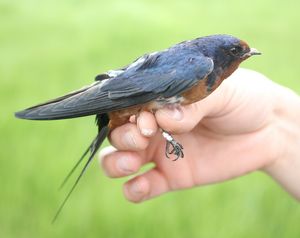
Barn swallows are native to almost all continents and have developed different migration strategies. However, until now, nothing was known about the migration routes of the Siberian Barn Swallow, Hirundo rustica tytleri. Using geolocators and ring recoveries, a team led by Wieland Heim has now discovered that swallows from the Lake Baikal area overwinter in Southeast Asia. In doing so, they appear to choose a direct migration route, which differs from those of other Barn Swallow populations in Asia. The results were published in the Journal of Ornithology: https://doi.org/10.1007/s10336-025-02306-z
Anisimova V, Anisimov Y, Bastardot M, Beermann I, Kunz F, Heim W (2025) Geolocator tracking and ring recoveries reveal the migration of Siberian Barn Swallows Hirundo rustica tytleri. Journal of Ornithology https://doi.org/10.1007/s10336-025-02306-z
Current research priorities
We are an important part of the following cooperative research areas:
Magnetoreception and navigation in vertebrates: from biophysics to brain and behaviour
The central goal of the Sonderforschungsbereich (SFB)/Collaborative Research Center (CRC) 1372 is to gain a comprehensive and multidisciplinary understanding of magnetoreception and navigation in vertebrates, from the biophysical mechanisms to the natural behaviour of navigating animals, taking into account all intermediate steps.

Excellent Research on Animal Navigation
The scientific mission of the Cluster of Excellence proposal NaviSense is to provide a thorough, interdisciplinary understanding of the mechanisms used by animals to navigate, and how these mechanisms can inspire technology and impact society, ecology, and biodiversity.




